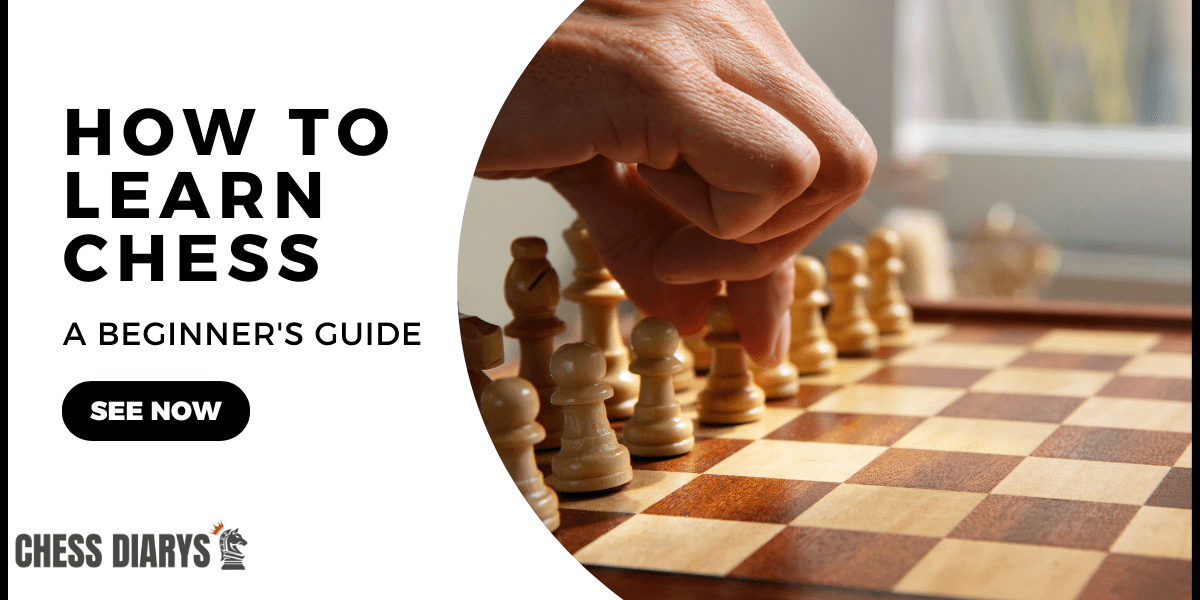Chess is one of the oldest yet interesting board games that involve strategic, visionary, and skillful thinking. Are you completely new to chess? Want to learn how to play chess? Well, do not be afraid! Learning how to learn chess is easier than you may actually think. In this book, take in great detail the roadmap on how to master the very basic and further advanced chess-playing skills-either casually with your friends or right up to the competitive levels.
In this article, we will walk you through the basic steps of learning chess-from how to understand the chessboard with its pieces to practicing important strategies that will prepare you for success.
Chessboard and Pieces
Before you dive deep into the strategy, you’ll get accustomed to the chessboard and its 32 pieces out of which there are 16 pieces each player is assigned. The normal chessboard carries 64 squares in an alternating array of light and dark colors. Each of the players starts off with the following pieces:
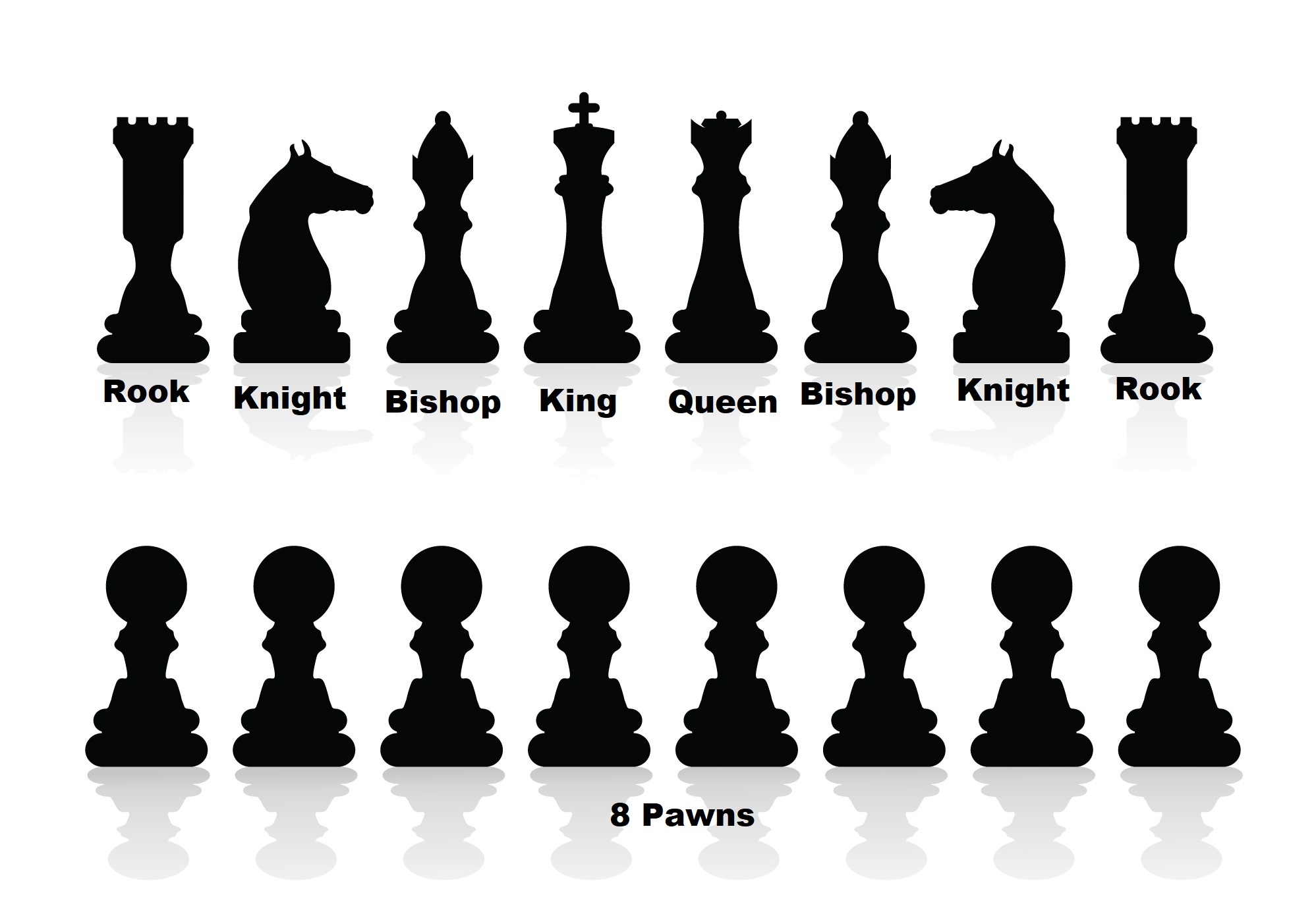
Knowing how each piece moves is the most fundamental part of learning chess, because basically, the strategy centers on how you are going to deploy these pieces on the board.
How Each Piece Moves
King: The king moves one square in any direction: vertically, horizontally, or diagonally. You need to protect your king, because you lose the game when it gets captured.
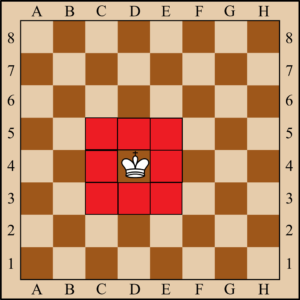
Fig : King Move
Queen: This is the most powerful piece on the board, which moves any number of squares in any direction, vertical, horizontal, or diagonal.
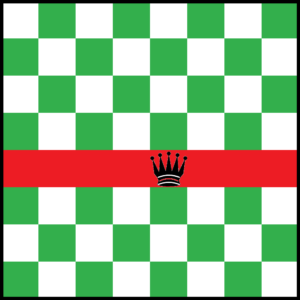
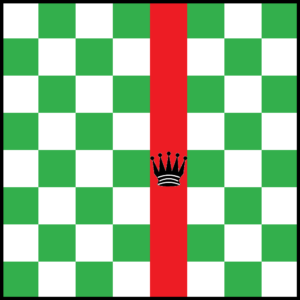
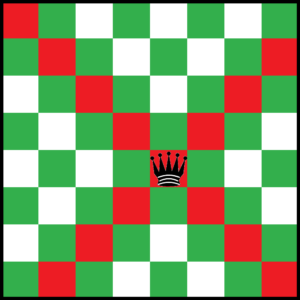
Fig: Queen Move
Rook: Rooks move horizontally or vertically across the board and are highly effective in controlling open files and ranks.
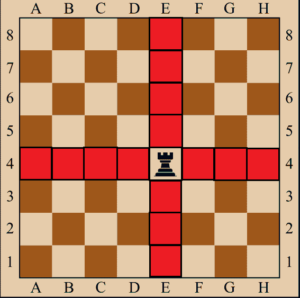
Fig: Rook Move
Bishop: Bishops travel diagonally across the board and always stay on their initial color, being on light or dark squares.
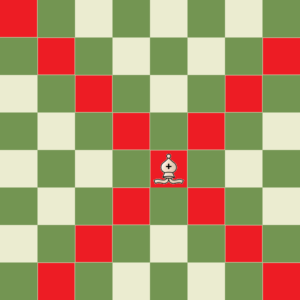
Fig: Bishop Move
Knight: The knight moves uniquely in an “L” shape, meaning two squares in a single direction, then one square perpendicularly. They can jump over other pieces, which makes them quite unpredictable and handy at close quarters.

Fig: Knight Move
Pawn: Pawns move forward one square but capture diagonally. They can move forward two squares on their first move. Also, if a pawn reaches the opposite side of the board, it can be promoted into any piece other than a king, making them very important in long-term strategy.
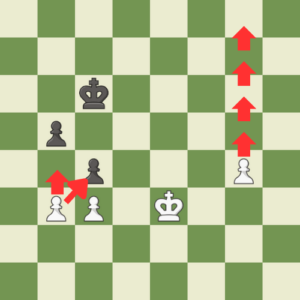
Fig: Pawn Move
Basic Rules of Chess
Now that you know how to move each piece, let’s get into the basic rules. These will then give a thought into how the very basics of the game work.
Objective of the Game
The objective in chess is to checkmate your opponent’s king. Checkmate is a position wherein the king is in a position where capture is threatened (“in check”) and cannot move to any safe squares.
How the Game Starts
Setup Each player starts his game with his pieces set up on the two ranks nearest him. Always, white moves first then black. Then after that, both players take turns.
Special Moves
Castling: This is a special move of both the king and one of the rooks, which involves the movement of the king two squares toward the rook. The rook then jumps to the square next to the king. Castling can only be done if neither of the pieces has moved previously during the game, and there should be no pieces between them. It is a defensive way to keep the king protected.
En Passant: If a pawn moves two squares toward the opponent from its initial position and lands adjacent to an opponent’s pawn, then it can be captured as if that moving pawn has moved only one square.
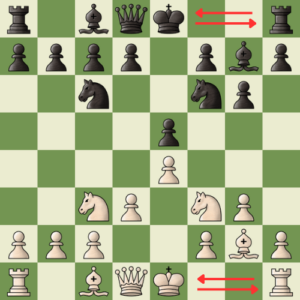
Fig: Castling

Fig: Promotion
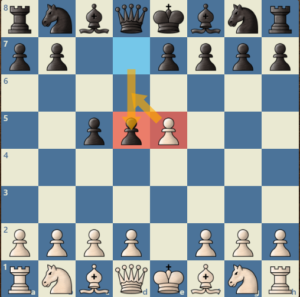
Fig: En Passant
How to Learn Chess: Step-by-Step Guide
1. Learn the Basics
Know the moves of the pieces first and have an idea of the rules. Because, after all, this is the fundamental basis of understanding how the whole game works. Most of the good starting material is free: interactive chess applications, tutorial videos, or even books for beginners to teach at least the very basics of chess.
2. Understand Basic Chess Tactics
Once you get a feel for the movements, it’s time to learn some basic tactics. Some common chess tactics include:
Fork: One piece attacks two or more of the opponent’s pieces simultaneously.
Pin: A piece is restricted from moving because moving it would expose a more valuable piece-like the king-to capture.
Skewer: This tactic forces an opponent’s valuable piece to move, exposing a less valuable piece behind it.
Understanding these concepts early will help you win games against total beginners and even those at the intermediate level.
3. Study Chess Openings
Some of the most well-known chess openings are excellent means through which to quickly enhance your game. An opening is a series of moves that starts the game, and they can be used to set you up with a good middle game position.
Some of the more common openings include:
Italian Game: Based on the concept of controlling the center with pieces like knights and bishops.
Sicilian Defense: A method of counterattack opening by black with the aim to control the center.
Ruy Lopez: A classic opening that seeks to develop white’s pieces while applying pressure on black’s position.
4. Practice Regularly
One of the best ways to learn how to play chess is by playing regularly. Online platforms like Chess.com and Lichess.org can give you various modes of practice against players at different skill levels, or even against artificial intelligence.
5. Watching Chess Videos and Tutorials
You might pick up from chess tutorials and instruction videos things you wouldn’t necessarily notice in a game. Many grandmasters and coaches post tips on game improvement and how something applies in formats that are usually pretty easy to follow.
6. Practice Chess Puzzles
Chess puzzles help sharpen your tactical skills. They put you in certain positions where you need to figure out the best move or a series of moves that will help achieve some specific goal. Doing daily puzzles from sites like Chess.com helps to enhance your pattern recognition so you may more quickly identify tactics in real games.
7. Analyze Your Games
One of the most important habits to develop, whether you win or lose, is analyzing your games afterward. Chess.com and Lichess have game analysis tools where you can go through each move, showing mistakes and learning from them.
Advanced Tips to Improve at Chess
As you get comfortable with the game, do consider the following advanced strategies:
Learn Positional Play: Besides tactics, chess is about positioning. Control of the center, active pieces, and weaknesses in your opponent’s position are the keys to improving.
Improve Endgame Knowledge: The endgame is usually a struggle for many beginning chess players. Master common endgames: practice how to checkmate someone using only a king and a rook, practice pawn promotion.
Play Blitz and Longer Games: Playing blitz games 5-10 minutes will bring in some element of improvement in your speed and reflexes, while longer games, say 30-60 minutes, will create deep thinking and long-range planning.
Join a Chess Community
You don’t have to learn chess on your own. Join a chess club or an online chess community, and you will have a means of accelerating your learning process. You get to know other people who love chess, share tips, and play friendly matches. Chess forums are great places to ask questions and get advice from people with much experience.
Conclusion
Learning chess can be quite an experience because it’s replete with challenges, strategies, and fun. From learning the basic rules on how pieces move to developing advanced tactics and strategies to play, growth in this game is endless. By following the steps outlined in this guide, you’ll gain a solid foundation on how to learn chess and become a confident player. Remember, practice is key – so start playing today, and enjoy the lifelong journey of mastering this incredible game!


